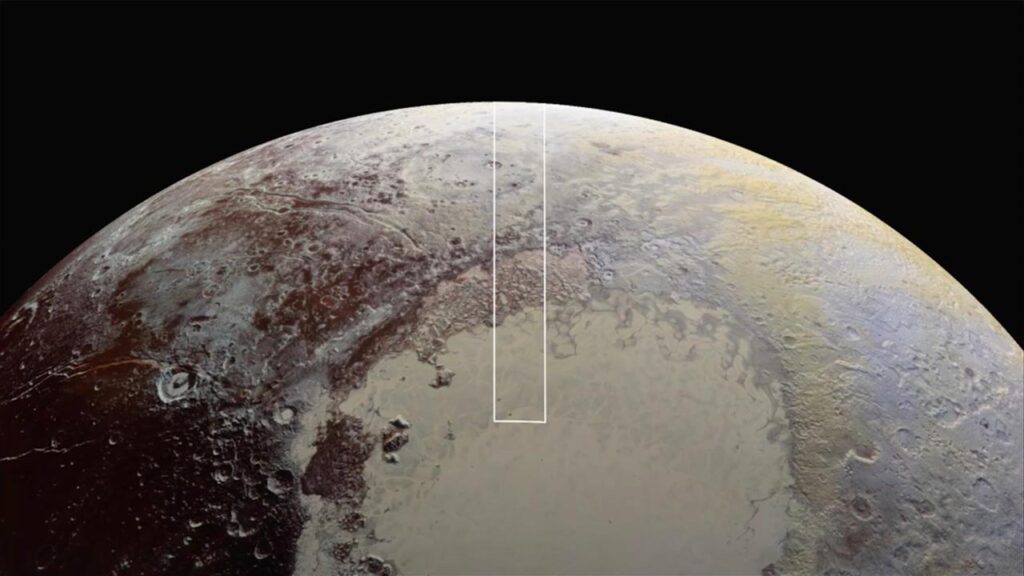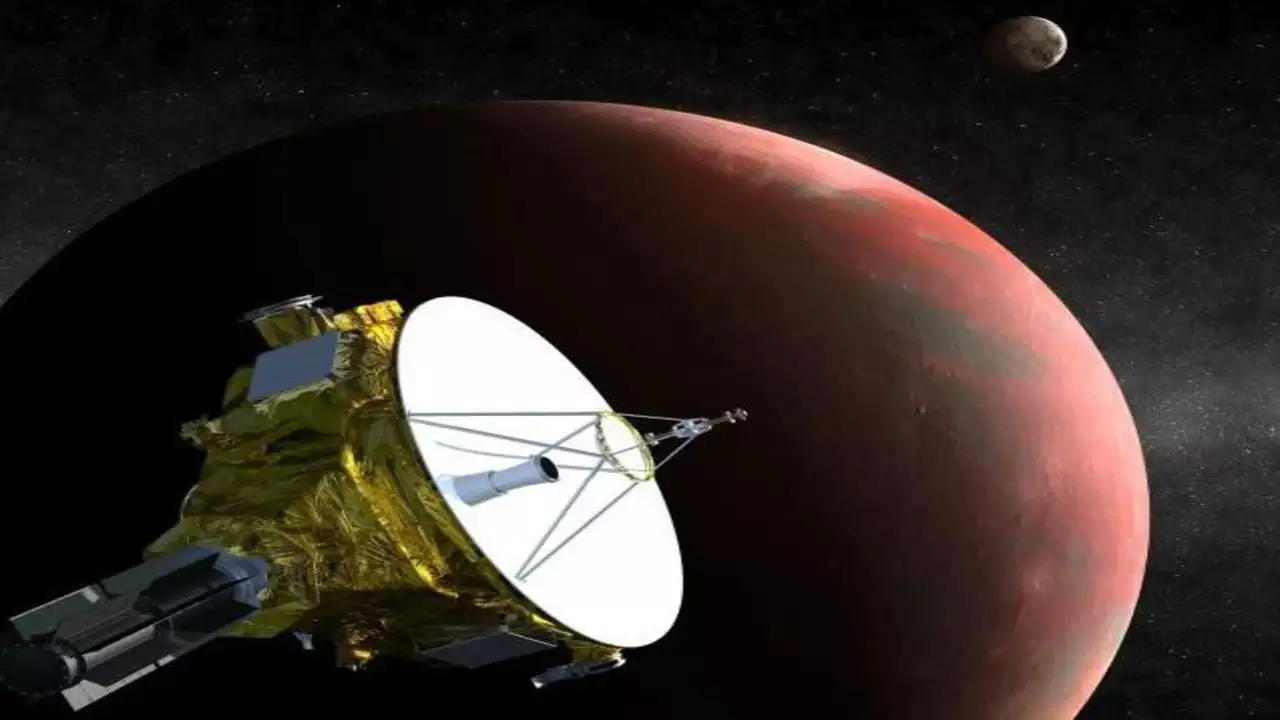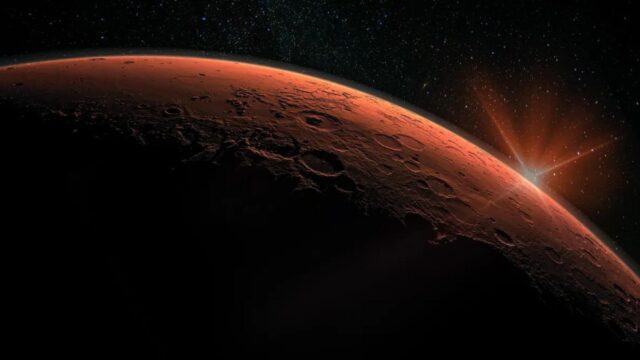NASA has decided to extend the mission of its spacecraft conducting observations in the Kuiper Belt, the farthest region of the Solar System, to further explore the New Horizons mission. This sudden decision by NASA has shocked the entire scientific community, as the space agency initially sent the spacecraft to explore the Kuiper Belt but later shifted its focus to studying the Sun in the Planetary Science Division. This change of direction did not sit well with some astronomers. Fortunately, their objections have borne fruit, and NASA has given in. Here are the details…
NASA Expands the New Horizons Mission to Continue Exploring the Kuiper Belt!
NASA has made its final decision regarding the New Horizons mission, which conducts multidisciplinary activities. This mission is focused on studying the dwarf planet Pluto, its moons, and objects near the orbit of Neptune in the solar system. New Horizons was launched in 2006 and spent approximately 15 years to reach an orbit close to the farthest reaches of our known solar system.

Additionally, New Horizons is the first spacecraft to encounter Pluto, a remnant from the formation of the solar system, etching its name into space history. When it reached Pluto’s system, the spacecraft ventured farther than any previously launched deep-space probe. Furthermore, it holds the title of being one of the longest-traveling spacecraft, with a journey spanning more than nine years.
Kuiper Belt extends beyond the orbit of Neptune and is a region composed of icy objects like comets and asteroids. Astronomers believe it consists of remnants from the early days of our solar system. This mission will help us uncover the origins of how Earth and other planets formed.
NASA had shifted its focus away from Kuiper Belt research to concentrate on the Sun. Naturally, the researchers behind the mission opposed this move and wanted to continue their work related to the Kuiper Belt. They objected to the proposal to hand over the mission. Eventually, they succeeded in convincing NASA to extend the mission until the late 2020s.
The New Horizons mission will continue its work in the Kuiper Belt while also studying and collecting heliophysics data. Heliophysics involves studying how the Sun interacts with its surrounding environment. NASA has allocated several spacecraft to this specific research area, including the Parker Solar Probe.














